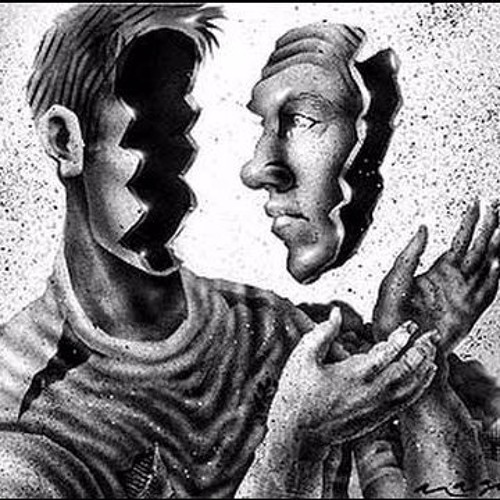The philosophical foundations of the inter-modal arts therapy approach are based in phenomenology, awareness of the present moment, and forms of vitality. Art that incorporates the whole person—body, mind, feelings, and essence — is intermodal, since the process of moving from one art modality to another assist in the increased sensory motor activity - heightening sensory and emotional awareness (Halprin, 2003). As each modality is conveyed via the body, an intermodal strategy heightens the embodied phenomenological experience, including implicit or felt sense processes (Halprin, 2003).
According to Rogers (1993), an inner journey is deepened and enriched when many forms of expressive art are used together. This advocates combining different forms of artistic expression in order to incorporate a wider variety of sensory experiences, arguing that paying close attention to one's body allows one to gain greater access to implicit knowledge and felt sense insight, thereby providing a more nuanced account of one's life (McNiff, 2004; Rogers, 1993).
Phenomenology:
Phenomenology is the branch of philosophy concerned with the investigation of consciousness. It is a discipline that attempts to capture the essence of occurrences by looking at them through the eyes of a person who has subjectively lived that phenomenon (Stern, 2004). As a means of informing or even shifting one's interpretation of a given encounter, analysing the encounter as it is subjectively experience may provide useful insights and lead to the formation of novel associations (Merleau-Ponty, 2002; Stern, 2004). Refocusing on the here and now (kairos) is encouraged, with the phenomenological perspective being crucial to understanding the connection between kairos and its quantitative (chronos) parallel (Stern, 2004). Overall, this approach may provide profound understanding of one's habits and maladaptive tendencies (Stern, 2004). Due to its emphasis on subjective lived experience and its desire to identify the essence of a given event, the phenomenological approach lends itself to an intermodal creative process that may be used to account for experiencing throughout time, which entails adapting, investigating, and altering (Stern, 2004). In an effort to acknowledge the centrality of physical experience in the process of knowledge development, an intermodal approach is used, since multiple modalities employ the body (Stern, 2004; McNiff, 2004). One of the cornerstones of art therapy is that various mediums elicit varying responses from the client (Hinz, 2009). The incorporation of diverse artistic pursuits (art, music, dance, etc.) may initiate an internal movement leading to vitalisation, which in turn stimulates mechanisms of inner development and enhances wellbeing (Stern, 2010). This corresponds to Stern's (2004) 'present moment'.
The Present Moment:
The past significantly influences the now (Stern, 2004). It proposes that therapeutic change may be accomplished via a shift in viewpoint whereby the present moment is primary focus of psychotherapy techniques (Stern, 2004). As it permits the formation of new meaning, the role of the present moment is interconnected to awareness and the past (Stern, 2004). In the process of inter-modal arts therapy, the client's experience of moving and flowing across many media enables them to discover novel indications regarding their thought patterns (Kossak, 2015). The experience of the present moment with a modality serves as an entry point for paradigm of changes or new learnings (Stern, 2004). The multimodal nature of this strategy allows for more complexity, since a client may concentrate on a single issue using many modalities (Kossak, 2015; Stern, 2004). As each material has unique features, their comprehension grows via a process of layering (Hinz, 2009).
References:
Halprin, D. (2003). The expressive body in life, art, and therapy: Working with movement, metaphor and meaning. Jessica Kingsley.
Hinz, L. (2009). Expressive Therapies Continuum: A Framework for Using Art in Therapy. Routledge Taylor & Francis Group.
Kossak, M. (2015). Attunement in expressive arts therapy: Toward an understanding of embodied empathy. Charles C Thomas
McNiff, S. (2004). Art heals: How creativity cures the soul. Shambhala.
Merleau-Ponty M. (2002) The Phenomenology of perception (second edition). Routledge.
Rogers, N. (1993). The creative connection: Expressive arts as healing. Science & Behavior Books.
Stern, D. (2004). The present moment in psychotherapy and everyday life. Norton & Company

Comments
Post a Comment